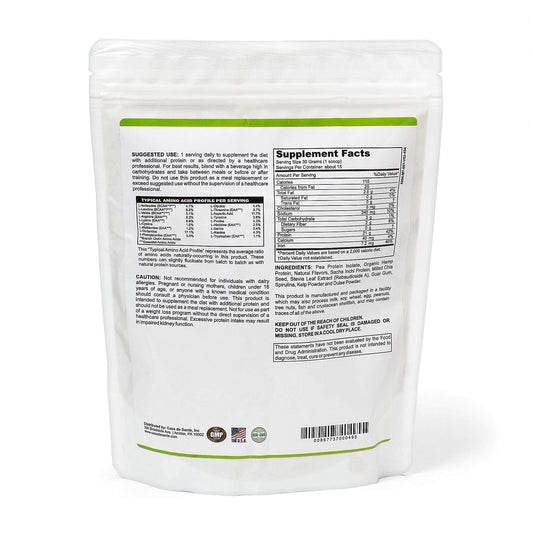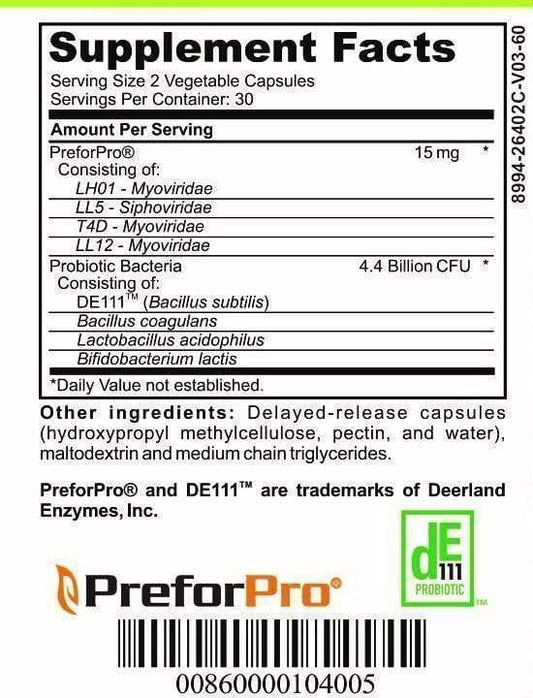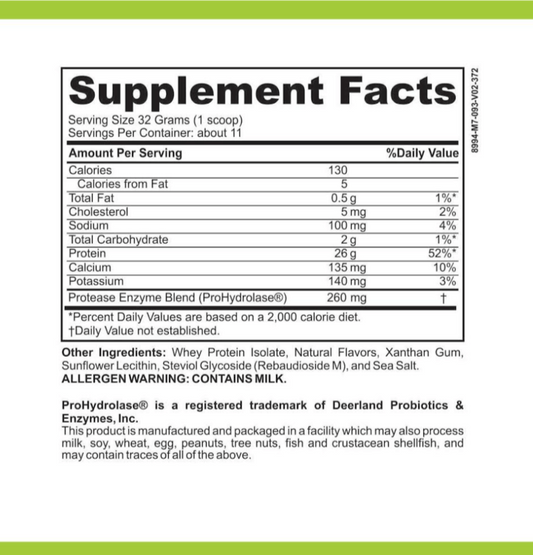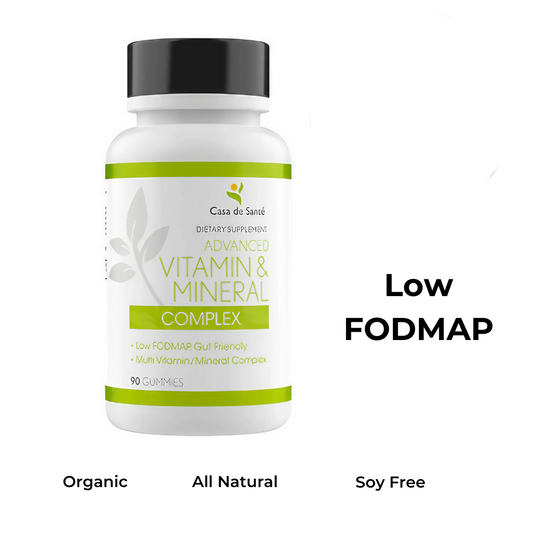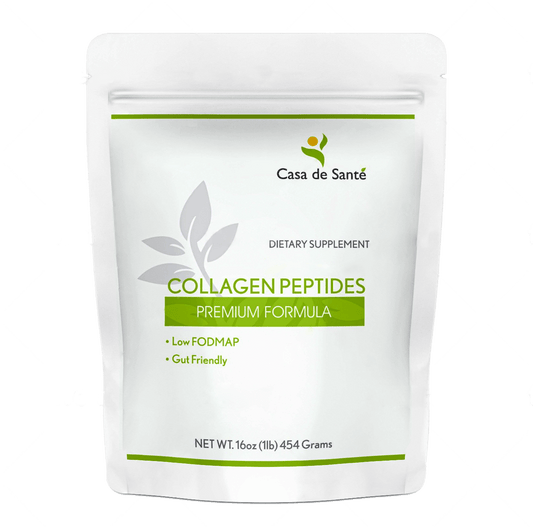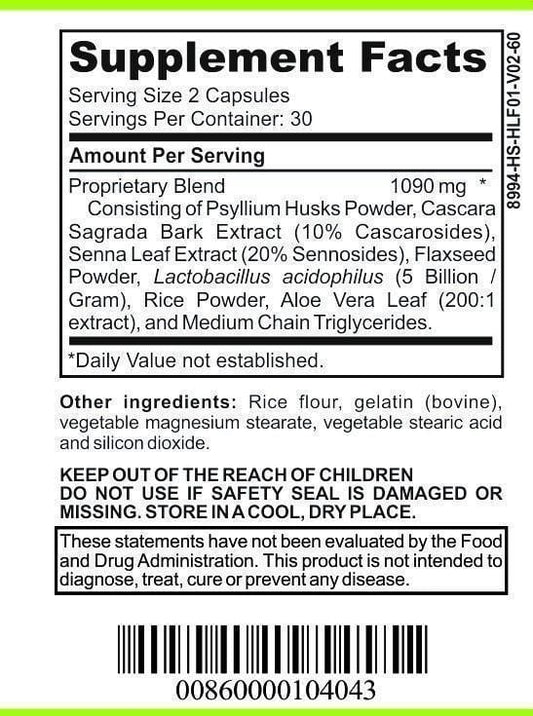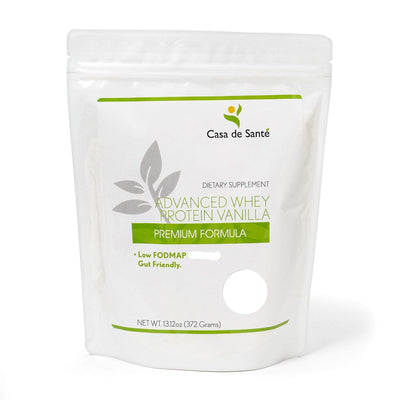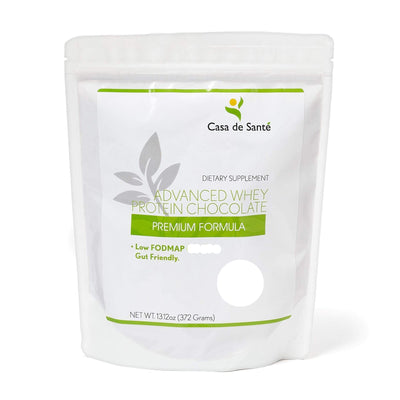Is Oat Bran Paleo
Is Oat Bran Paleo
The Paleo diet has gained significant popularity in recent years, with its focus on consuming foods that our ancestors would have eaten during the Paleolithic era. It emphasizes whole, unprocessed foods and eliminates grains, legumes, and dairy. However, there is some controversy surrounding whether oat bran, a popular health food, is considered Paleo-approved. In this article, we will explore the key principles of the Paleo diet, the nutritional profile of oat bran, the debate surrounding its inclusion in the Paleo diet, and alternative options for those who choose to avoid oat bran.
Understanding the Paleo Diet
The Paleo diet is based on the idea that our bodies are best adapted to the types of foods our ancient ancestors consumed. Proponents of this diet believe that by mimicking our ancestors' eating patterns, we can achieve optimal health and well-being. The Paleolithic era lasted from about 2.5 million to 10,000 years ago, and during that time, humans primarily subsisted on meat, fish, fruits, vegetables, and nuts.
During the Paleolithic era, our ancestors relied on their hunting and gathering skills to obtain food. They would spend their days foraging for fruits, nuts, and vegetables, while also hunting animals for meat. This active lifestyle ensured that they were consuming a variety of nutrient-dense foods, providing them with the necessary energy to survive and thrive.
The diet of our ancient ancestors was not only shaped by their environment but also by their biology. Unlike modern humans, they did not have access to processed foods, grains, or dairy products. Their bodies were adapted to digest and utilize the foods that were readily available to them in their natural state.
Key Principles of the Paleo Diet
The Paleo diet emphasizes the consumption of whole, unprocessed foods while avoiding grains, legumes, dairy, refined sugar, and processed oils. It encourages the consumption of lean meats, seafood, fruits, vegetables, nuts, and seeds. The main idea behind the diet is to eliminate foods that are believed to cause inflammation and promote weight gain.
By focusing on whole foods, the Paleo diet ensures that you are getting a wide range of essential nutrients. Lean meats and seafood are excellent sources of protein, which is essential for muscle growth and repair. Fruits and vegetables provide a plethora of vitamins, minerals, and antioxidants that support overall health. Nuts and seeds offer healthy fats and fiber, which promote satiety and aid in digestion.
Another key principle of the Paleo diet is the avoidance of processed oils and refined sugars. These ingredients are commonly found in many processed foods and have been linked to various health issues, including obesity, heart disease, and diabetes. By eliminating these harmful substances from your diet, you can reduce your risk of developing chronic diseases and maintain a healthy weight.
Foods to Include and Avoid on the Paleo Diet
On the Paleo diet, you can enjoy a wide variety of foods, including grass-fed meats, wild-caught seafood, organic fruits and vegetables, nuts, and seeds. However, you should avoid grains like wheat, corn, and rice, legumes such as beans and lentils, dairy products, refined sugars, and processed oils like soybean and canola oil. By adhering to these guidelines, you can optimize your health and well-being.
Grass-fed meats and wild-caught seafood are excellent sources of omega-3 fatty acids, which have been shown to reduce inflammation and support brain health. Organic fruits and vegetables are rich in vitamins, minerals, and antioxidants that can boost your immune system and protect against chronic diseases. Nuts and seeds provide a good balance of healthy fats, protein, and fiber, making them a satisfying and nutritious snack option.
Avoiding grains and legumes on the Paleo diet may seem challenging at first, as they are staples in many modern diets. However, there are plenty of delicious alternatives available. Cauliflower rice, zucchini noodles, and coconut flour are just a few examples of grain-free substitutes that can be used in various recipes. Additionally, there are numerous dairy-free options for milk, cheese, and yogurt made from plant-based sources like almonds, coconuts, and cashews.
By following the principles of the Paleo diet and making mindful choices about the foods you consume, you can nourish your body with nutrient-dense, whole foods that support optimal health and well-being. Remember, the key is to focus on quality ingredients and listen to your body's needs.
The Nutritional Profile of Oat Bran
Oat bran is the hard outer layer of the oat grain. It is rich in dietary fiber, protein, vitamins, and minerals, making it a popular choice among health-conscious individuals. Oat bran is known for its cholesterol-lowering properties and its ability to support digestive health.
What is Oat Bran?
Oat bran is derived from the oat grain, which is commonly consumed in the form of rolled oats or oatmeal. The bran is the outer layer of the oat grain, and it is packed with important nutrients. It is particularly high in soluble fiber, which has been shown to help reduce cholesterol levels and support heart health.
But let's delve deeper into the nutritional profile of oat bran. One serving of oat bran, which is about half a cup, contains approximately 150 calories. It also provides around 6 grams of protein, making it a great choice for those looking to increase their protein intake. Additionally, oat bran is a good source of complex carbohydrates, with about 20 grams per serving.
When it comes to dietary fiber, oat bran is a true superstar. A half-cup serving of oat bran contains about 7 grams of dietary fiber, both soluble and insoluble. This high fiber content not only helps to promote healthy digestion but also contributes to a feeling of fullness, which can aid in weight management.
Health Benefits of Oat Bran
In addition to its cholesterol-lowering effects, oat bran offers numerous health benefits. It can help regulate blood sugar levels, promote healthy digestion, and aid in weight management. Oat bran is also a good source of essential vitamins and minerals, including iron, magnesium, and zinc.
Iron is essential for the production of red blood cells and plays a crucial role in oxygen transport throughout the body. Magnesium, on the other hand, is involved in over 300 biochemical reactions in the body and is necessary for maintaining normal muscle and nerve function. Lastly, zinc is an important mineral that supports immune function and helps with wound healing.
But that's not all! Oat bran also contains antioxidants, such as avenanthramides, which have been shown to have anti-inflammatory and anti-itching properties. These antioxidants help protect the body against oxidative stress and may have a positive impact on overall health.
When it comes to incorporating oat bran into your diet, there are plenty of delicious options. You can add it to your morning bowl of oatmeal for an extra boost of fiber and nutrients. It can also be used as a topping for yogurt or blended into smoothies for added texture and nutrition.
So, whether you're looking to improve your heart health, support digestion, or simply add more nutrients to your diet, oat bran is a fantastic choice. Its nutritional profile and health benefits make it a versatile and valuable addition to any well-rounded eating plan.
Oat Bran and the Paleo Diet
Due to its health benefits and popularity, oat bran has sparked a debate within the Paleo community. While it is not a traditional Paleolithic food, some argue that it can be included in a Paleo diet in moderation. Others maintain that it should be avoided due to its high carbohydrate content.
The Controversy Surrounding Oat Bran in Paleo
Opponents of including oat bran in the Paleo diet argue that it is a grain and therefore not allowed on the diet. They claim that grains can cause inflammation and contribute to digestive issues. Additionally, oat bran is relatively high in carbohydrates, which some individuals on the Paleo diet try to limit.
The Paleo Community's View on Oat Bran
On the other hand, some in the Paleo community believe that oat bran can be included in a Paleo diet, as long as it is consumed in moderation and does not cause any adverse effects. They argue that oat bran's nutritional profile outweighs any potential drawbacks and that it can be a valuable addition to the diet for those who tolerate it well.
Alternatives to Oat Bran in a Paleo Diet
If you choose to avoid oat bran on a Paleo diet, there are several alternative options available to ensure you still get the necessary nutrients. These alternatives provide similar nutritional benefits and can be incorporated into your meals and snacks.
Paleo-Friendly Grains and Cereals
While grains are generally excluded from the Paleo diet, certain grains and cereals are considered Paleo-approved. Some examples include quinoa, buckwheat, and amaranth. These alternatives offer similar nutritional benefits to oat bran and can be used as substitutes in various recipes.
Non-Grain Alternatives for a Balanced Paleo Diet
For those who prefer to avoid grains altogether, there are plenty of non-grain alternatives that can provide the necessary nutrients. Some options include chia seeds, flaxseeds, and coconut flour. These ingredients are rich in fiber, healthy fats, and essential nutrients and can be used in baking or added to smoothies.
Making the Right Dietary Choice for You
When deciding whether to include oat bran in your Paleo diet, it's crucial to consider your individual nutritional needs and goals. If you have specific health concerns or dietary restrictions, it is always best to consult with a healthcare professional or registered dietitian. They can provide personalized advice and help you make an informed decision.
Considering Your Nutritional Needs
Everyone's nutritional needs are unique, and what works for one person may not work for another. If you enjoy the taste and health benefits of oat bran and it aligns with your dietary goals, you may choose to include it in your Paleo diet in moderation. On the other hand, if you prefer to avoid grains or find that oat bran does not agree with your body, there are plenty of other options available.
Personalizing the Paleo Diet to Suit Your Lifestyle
The Paleo diet is a flexible framework that can be personalized to suit your preferences and lifestyle. Whether you choose to include oat bran or opt for alternative options, the key is to focus on consuming whole, unprocessed foods that nourish your body and support your overall well-being.
In conclusion, the question of whether oat bran is Paleo-approved depends on individual beliefs and dietary choices. While some in the Paleo community avoid oat bran due to its status as a grain and relatively high carbohydrate content, others see its nutritional benefits as justification for its inclusion in moderation. Ultimately, it's up to you to decide what works best for your body and aligns with your health goals. Remember to consider your nutritional needs, consult with professionals if necessary, and personalize your diet to suit your lifestyle.


